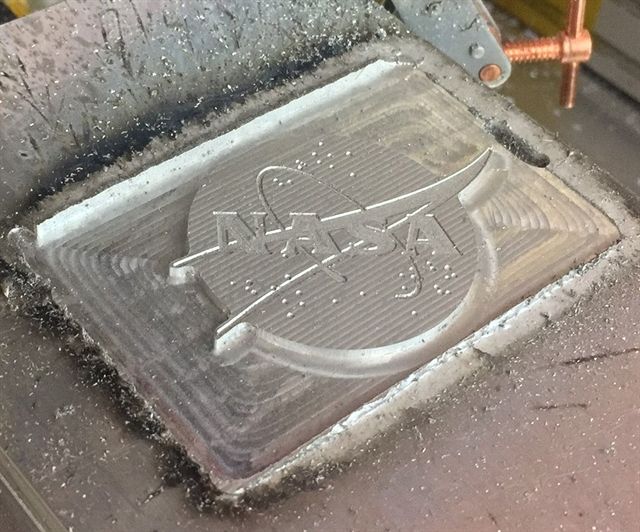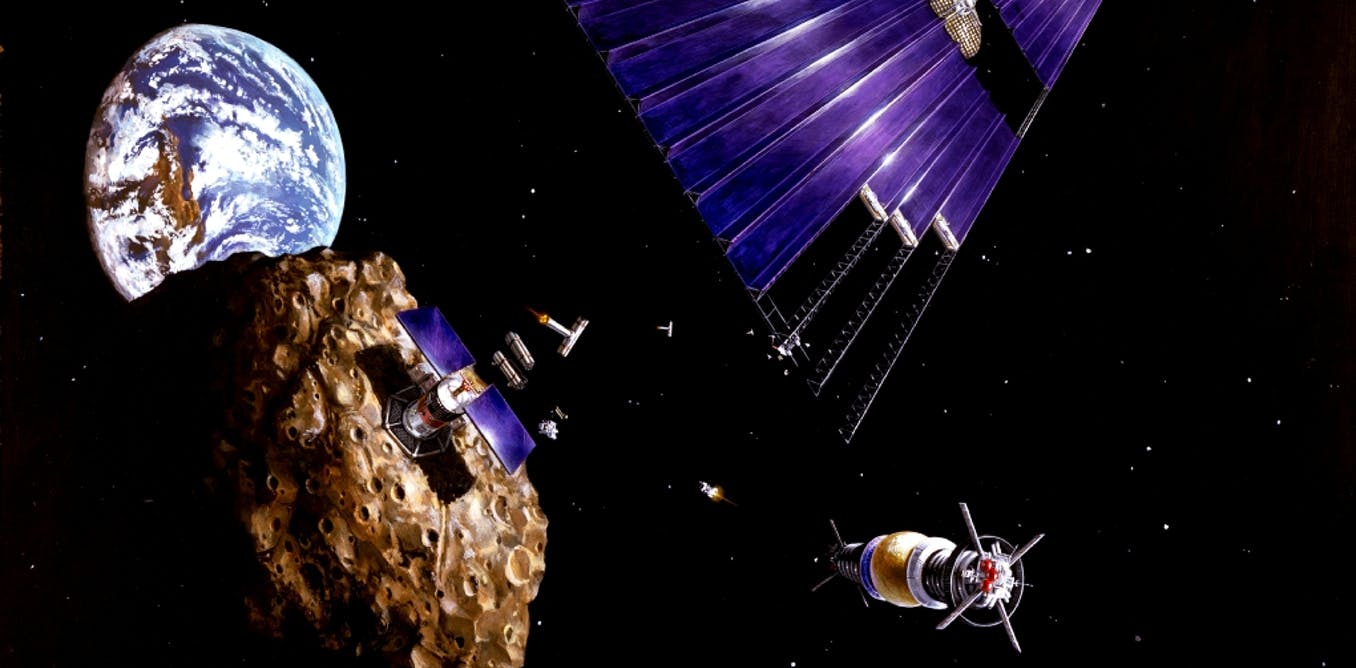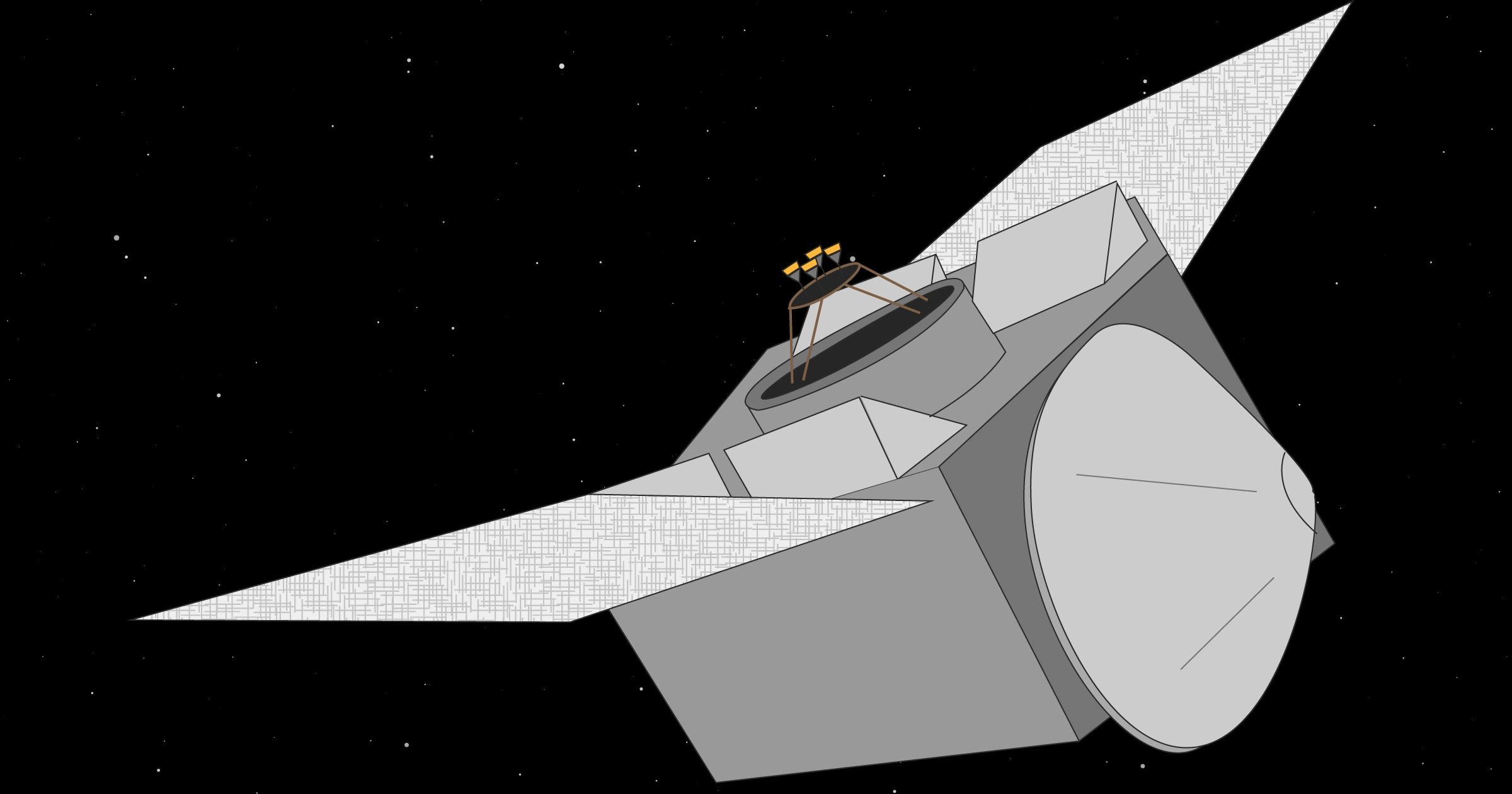Archive for the ‘space’ category: Page 874
We are destined to go where humanity never has before and create the World’s first beer for space! | Check out ‘Vostok Space Beer’ on Indiegogo.

Imagine if your teacher looked like Gandalf from Space and explained everything about the universe in the most simplest way possible…
That’s when everyone decides to be a scientist!
The way Greg got to become an Astronomer is quite amazing!
You can find him here in Broome, Australia at Greg Quicke’s Astro Tours. He’s as earthy as he looks!
May 10, 2018
Exoplanet without clouds is the first of its kind ever discovered
Posted by Genevieve Klien in categories: media & arts, space
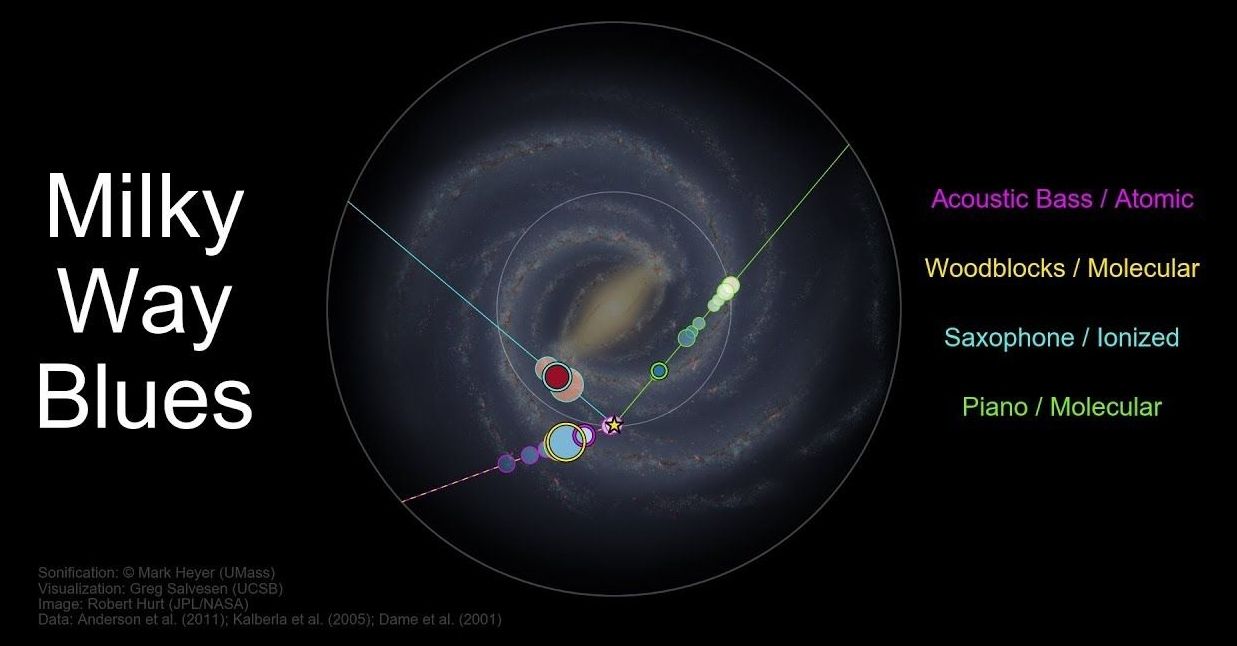
You can hear “Milky Way Blues” for yourself on a new website devoted to turning real astronomy data into music.
May 10, 2018
Listen to our rotating galaxy make strange music
Posted by Genevieve Klien in categories: media & arts, space
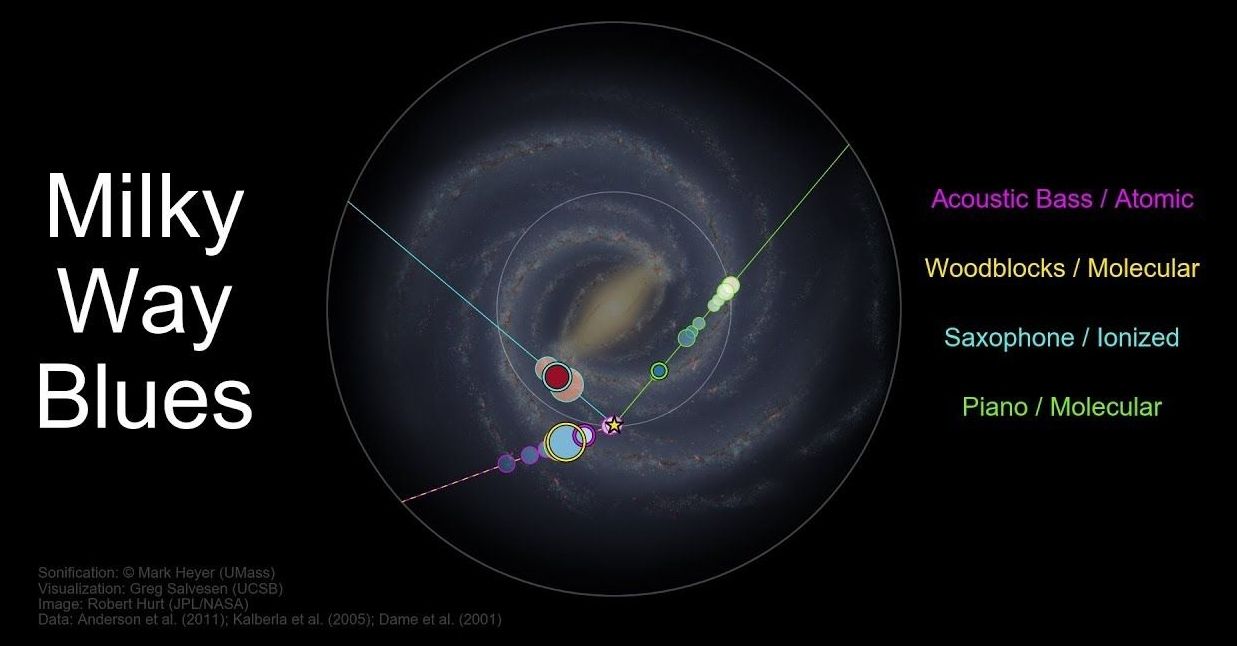
You can hear “Milky Way Blues” for yourself on a new website devoted to turning real astronomy data into music.
May 9, 2018
Bloomberg & Billionaire Bull Novogratz Launch Cryptocurrency Price Index
Posted by Genevieve Klien in categories: bitcoin, cryptocurrencies, space
One of bitcoin’s biggest bulls has inked a deal with an unlikely partner to create a cryptocurrency price index.
Billionaire Mike Novogratz and Bloomberg LP on Wednesday announced that they are teaming up to launch the Bloomberg Galaxy Crypto Index (BGCI), which will track the aggregate performance of a basket of large-cap cryptocurrencies.
“Today’s launch of the Bloomberg Galaxy Crypto Index reflects our clients’ growing interest in cryptocurrencies,” said Alan Campbell, Global Product Manager for Bloomberg Indices. “The index brings our rigorous approach to index construction to cryptos and will provide investors with a transparent benchmark to gauge the performance of the broader market.”
Continue reading “Bloomberg & Billionaire Bull Novogratz Launch Cryptocurrency Price Index” »
May 9, 2018
Neuroscientists Strongly Recommend That You Visit The Beach Regularly. Here’s Why
Posted by Shailesh Prasad in categories: neuroscience, space
We all know that spending time outdoors is good for you on both a physical and mental level, but the benefits of spending time specifically at the beach have just been revealed.
That incredible feeling of peace and calmness that you experience at the beach is now being referred to as “blue space.” That’s what scientists have dubbed the effect that the combination of soothing smells and sounds of water have on your brain. The blue space is enough to make you feel at ease in a hypnotic sort of way.
When you notice how relaxed you feel at the beach, it’s not just all in your head. Science says that it’s a change in the way your brain reacts to its environment leaving you feeling happy, relaxed and reenergized.
May 9, 2018
Mining asteroids could unlock untold wealth – here’s how to get started
Posted by Genevieve Klien in category: space
The first step to mining an asteroid is finding a suitable candidate. Scientists estimate there should be some ten nearby targets.
May 9, 2018
Mining asteroids might sound like science fiction, but it’s inching closer to reality—and it could be incredibly lucrative
Posted by Klaus Baldauf in categories: energy, space
Sending a spacecraft to the far reaches of our solar system to mine asteroids might seem like an improbable ambition best left to science fiction. But it’s inching closer to reality. A NASA mission is underway to test the feasibility on a nearby asteroid, and a niche group of companies is ramping up to claim a piece of the pie.
Industry barons see a future in finding and harnessing water on asteroids for rocket fuel, which will allow astronauts and spacecrafts to stay in orbit for longer periods. Investors, including Richard Branson, China’s Tencent Holdings and the nation of Luxembourg, see a longer-term solution to replenishing materials such as iron and nickel as Earth’s natural resources are depleted.
Millions of asteroids roam our solar system. Most are thought unsuitable for mining, either because they’re too small, too inaccessible to Earth or because the materials that make up the asteroid have little value. But we know of almost 1,000 asteroids that show potential. Timing is everything, though. The varied orbits of these asteroids mean that many are nearby only once every several years.
May 9, 2018
Building Sails for Tiny Interstellar Probes Will Be Tough — But Not Impossible
Posted by Klaus Baldauf in categories: innovation, space
Giant lasers may indeed launch fleets of spacecraft to Alpha Centauri, given breakthroughs in the science behind extraordinarily thin, incredibly reflective sails that can catch this laser light, a new study finds.
